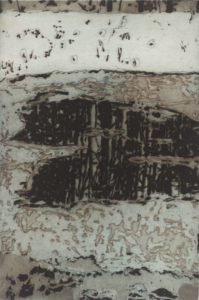
Hard to think of a better example of misplaced romantic nostalgia than yearning for the days before the era of modern central heating, double glazing, insulation and hermetically sealed homes.
The fretwork of ice on the inside of the bedroom window in the morning; the eternal sliding off of the eiderdown in the middle of the night no matter how well you wedged the side against the wall; the weight of the blankets; the itch and burn of chilblains; the enforced intimacy of the one warm room in the house; burnt knees and icy draughts; and Sunday evenings with the weekly washing gently steaming between you and the flames.
Dampness everywhere and the smell of wet wool. Hot water bottles and going outside to fill the scuttle when it always rained when it was your turn.
So what on earth was the poet thinking?
And then you think of drying orange peels to use as kindling that will crackle and spit green and blue flames and fill the room with citrus; the toasting fork and butter dripping from crumpets; the music on the turntable or the radio warming up; the courage of the cold run to the kitchen to put the kettle on for tea or cocoa; and being all together round the fire; the people of then. And, yes, you get it – the perishing residue of pure sensation.
On The Disadvantages Of Central Heating
cold nights on the farm, a sock-shod
stove-warmed flatiron slid under
the covers, mornings a damascene-
sealed bizarrerie of fernwork
decades ago now
waking in northwest London, tea
brought up steaming, a Peak Frean
biscuit alongside to be nibbled
as blue gas leaps up singing
decades ago now
damp sheets in Dorset, fog-hung
habitat of bronchitis, of long
hot soaks in the bathtub, of nothing
quite drying out till next summer:
delicious to think of
hassocks pulled in close, toasting-
forks held to coal-glow, strong-minded
small boys and big eager sheepdogs
muscling in on bookish profundities
now quite forgotten
the farmhouse long sold, old friends
dead or lost track of, what’s salvaged
is this vivid diminuendo, unfogged
by mere affect, the perishing residue
of pure sensation
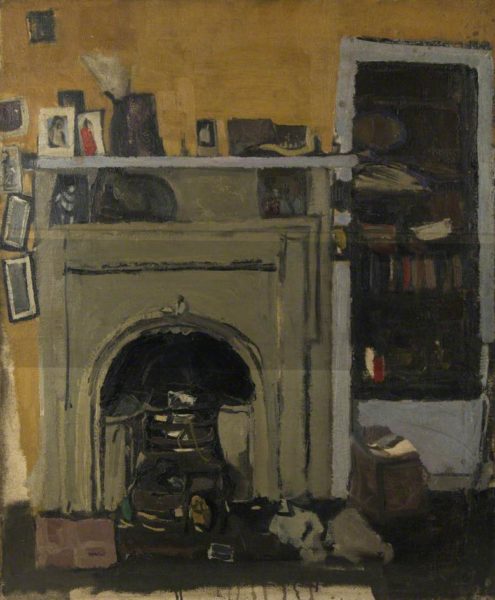
Joan Kathleen Harding Eardley (1921–1963)
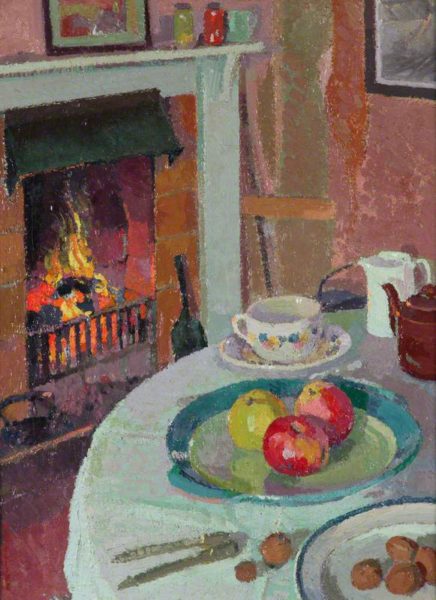
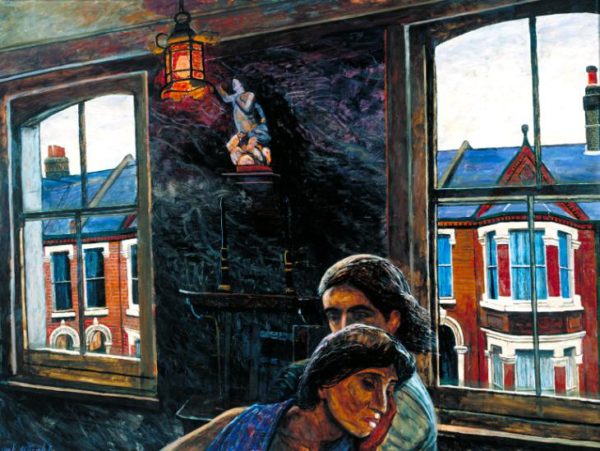
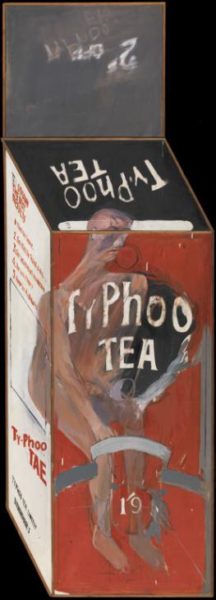
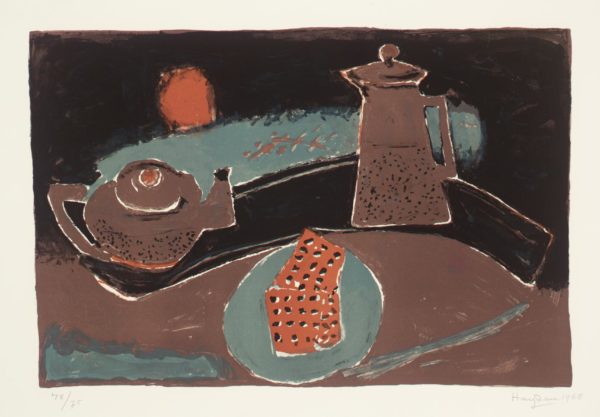
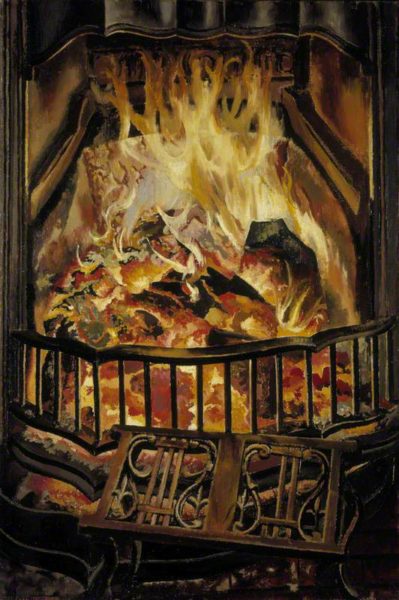
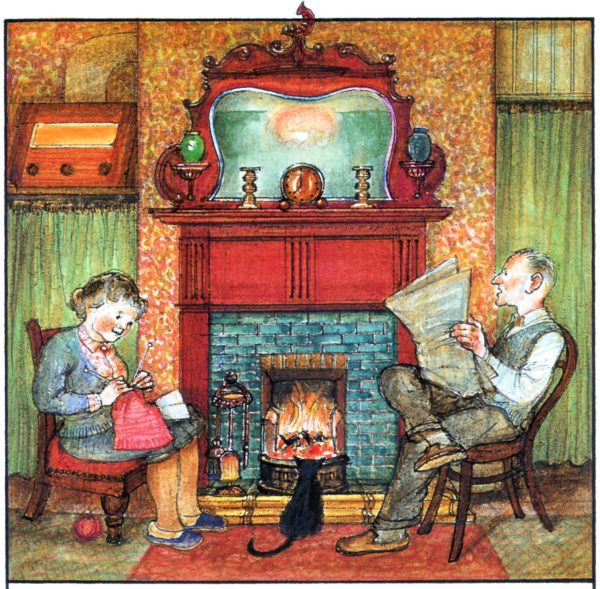
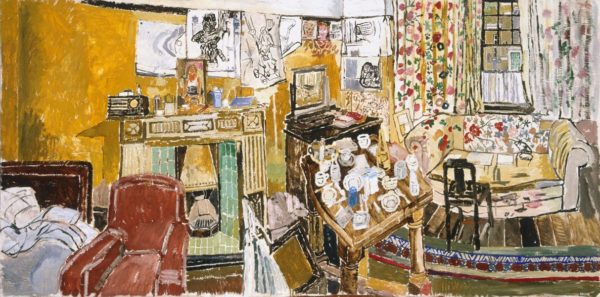
Cats are heat-seeking creatures and can generally be relied upon to identify the best patch of sunlight or the warmest place in the house where – given a chance -they will cheerfully boil their brains.
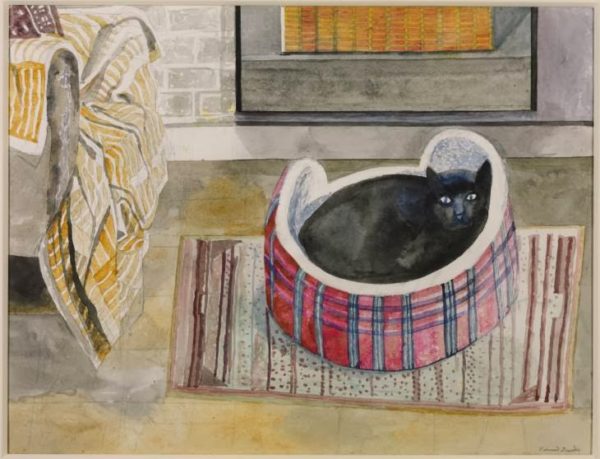
But take a look at this picture. three men, a boy and a cat warming themselves on and by a tiled stove. Note that most of the heat is not going up the chimney and therefore not sucking in great icy draughts to fill the vacuum.
Remember your physics lessons about the three types of heat convection conduction and radiation? That was the kind of physics even I could grasp. It didn’t demand any suspension of belief and involved no math beyond simple arithmetic. We experimented with little balls of wax and feeling the temperature of metal and wood to determine conduction and thermal resistance.
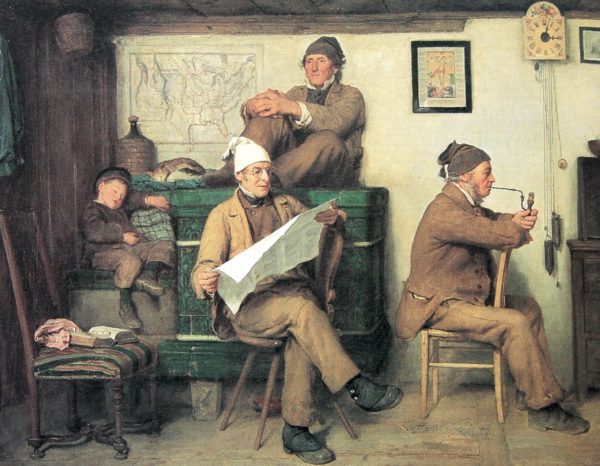
Most modern heating systems are based on the heating of air to create warm and comfortable environments. The old ways of heating were usually based on radiation (via waves) and conduction (through physical contact). And the old ways could be far more energy-efficient as they targeted more direct transfer of warmth to people rather than the ambient air. Think personalized heat sources such as hot water bottles, foot warmers, heated muffs and hot potatoes.
Here’s how Laurie Lee was first sent to school in Gloucestershire just after the end of WW1 with a hot potato in his pocket.
The morning came, without any warning, when my sisters surrounded me, wrapped
me in scarves, tied up my bootlaces, thrust a cap on my head, and stuffed a baked
potato in my pocket.
“What’s this?” I said.
“You’re starting school today.”
“I ain’t. I’m stopping ‘ome.”
“Now come on, Loll. You’re a big boy now.”
“I ain’t.”
“You are.”
“Boo-hoo.”
They picked me up bodily, kicking and bawling, and carried me up to the road.
”Boys who don’t go to school get put into boxes, and turn into rabbits, and get
chopped up Sundays.”
I felt this was overdoing it rather, but I said no more after that. I arrived at the school
just three feet tall and fatly wrapped in my scarves. The playground roared like a
rodeo, and the potato burned through my thigh. Old boots, ragged stockings, torn
trousers and skirts, went skating and skidding around me. The rabble closed in; I was
encircled; grit flew in my face like shrapnel. Tall girls with frizzled hair, and huge
boys with sharp elbows, began to prod me with hideous interest. They plucked at my
scarves, spun me round like a top, screwed my nose, and stole my potato.
I was rescued at last by a gracious lady—the sixteen-year-old junior-teacher—who
boxed a few ears and dried my face and led me off to The Infants. I spent that first
day picking holes in paper, then went home in a smouldering temper.“What’s the matter, Loll? Didn’t he like it at school, then?”
“They never gave me the present!”
“Present? What present?”
“They said they ‘d give me a present.”
“Well, now, I’m sure they didn’t”
“They did! They said: ` You’re Laurie Lee, ain’t you? Well, just you sit there for the present.` I sat there all day but I never got it. I ain’t going back there again!” – from Cider With Rosie.
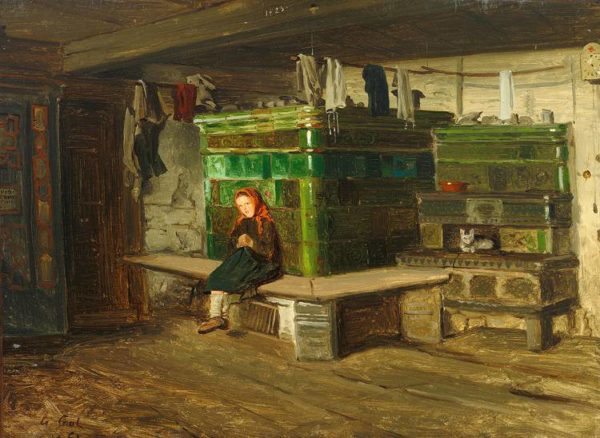
This reminds me of the beautiful green-tiled stove at the heart of Ainola, the home of Aino and Jean Sibelius near Helsinki, Finland – one of those places where keeping warm needs to be a science and can be an art.
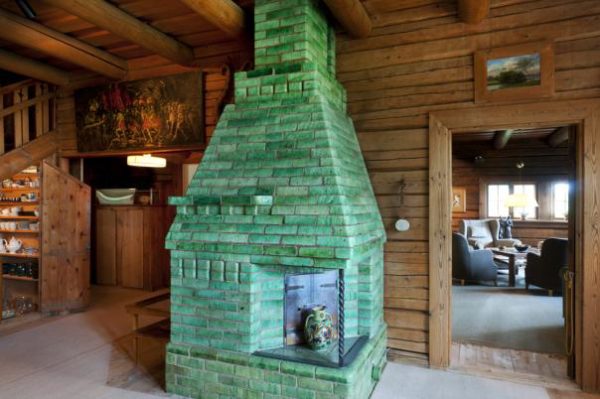
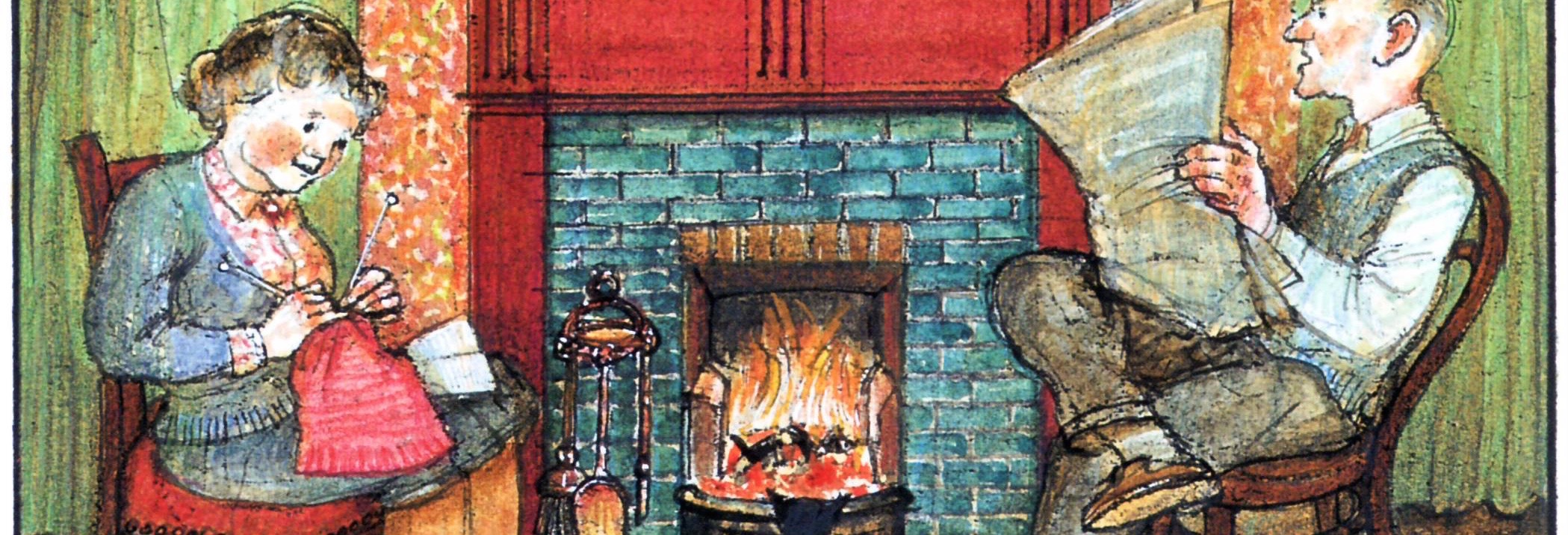


The insulation present in a filled cavity reduces this heat loss, making the house warmer or reducing the amount of fuel required to maintain a comfortable temperature.
Thank you Josie for this post. I read it this morning by my living room window. Looking at a bright red cardinal feasting on berries from the bush outside the window. The only thing which would have been more wonderful is if I had gotten off my duff and built a fire in the stove. But thank goodness for central heating and a fluffy shag throw.
I don’t miss the damp and draughts and the deadly chill of a house with one measly source of warmth. Nor the chilblains. And not the endless clearing of the grate to build a fire. But Amy Clampitt does capture a time and and era of heightened sensation. Today my fire has flames but the stove is fueled by propane that gets delivered as I watch from inside where I can always crank up the thermostat.
Flock nylon sheets. Does anyone else remember them?
They were an abomination. But of course – they dried quickly and that was the point. I suppose.
the perishing residue
of pure sensation
Amy Clampitt nails it.